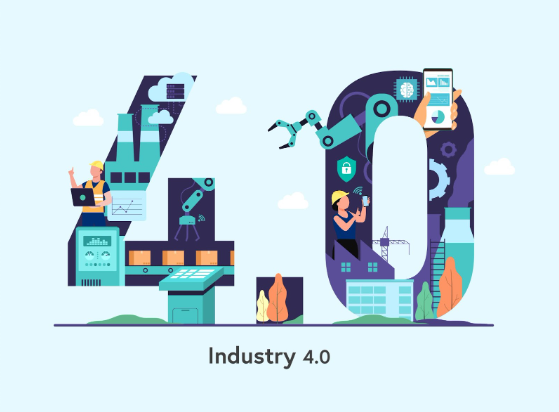Most Spanish SMEs rely on digitalization and plan to invest in it over the next three years; however, they still need to undergo a digital transformation focused on the efficient management of large volumes of data. Utilizing Big Data strategies can help these companies address issues proactively, generate new opportunities, improve operational efficiency, and enhance customer loyalty. However, SMEs face challenges such as integrating different data sources and types, the need to process large volumes of data quickly, and the appropriate selection and preparation of data. To succeed with a Big Data strategy, SMEs must clearly define business problems, select and prepare the right data, store it securely, and perform thorough analysis to make data-driven decisions. The beginning of a new year is an opportune time to implement digital transformation and Big Data strategies, requiring a shift in mindset and strategic focus for these businesses.











